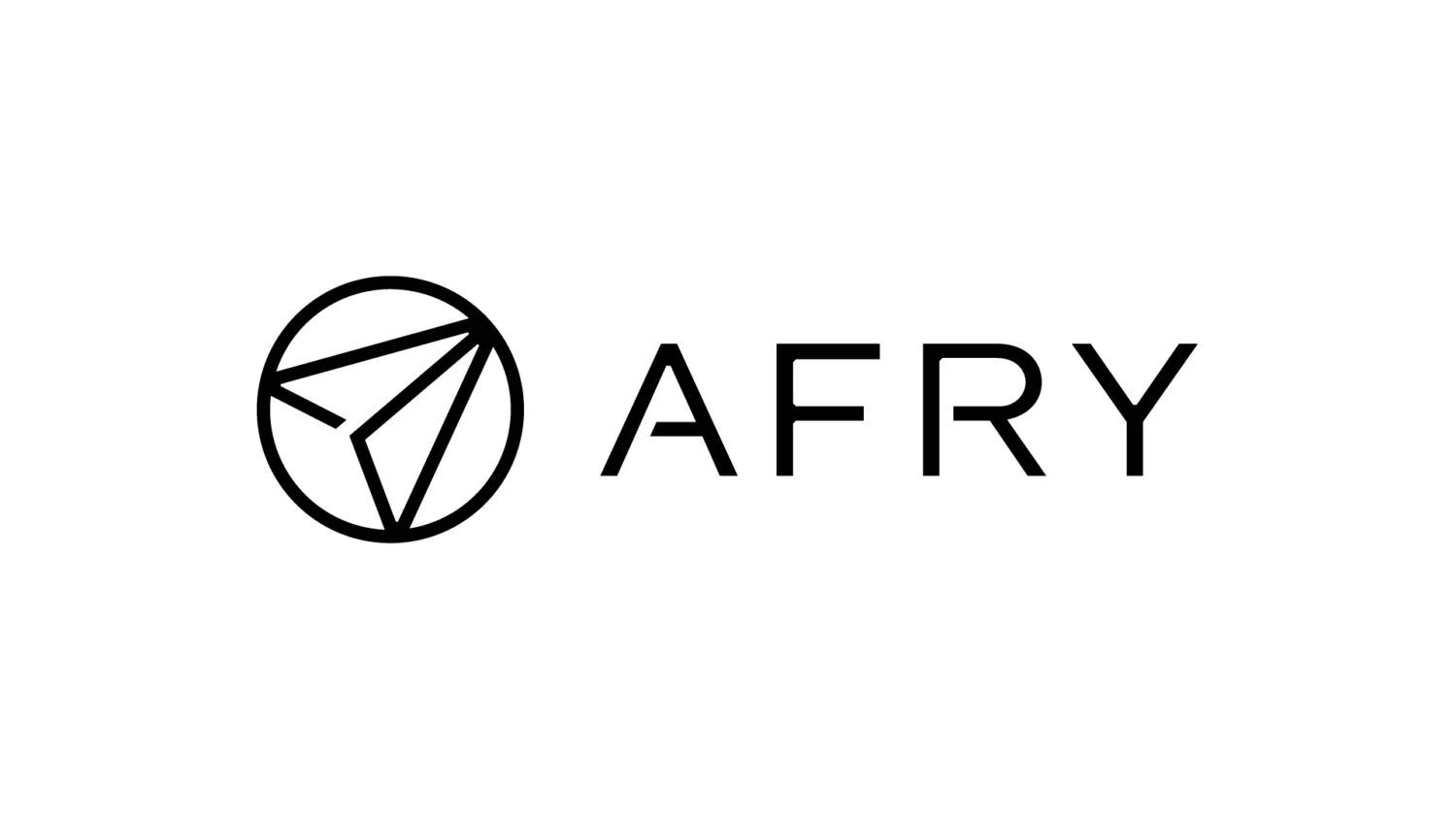AFRY: revolutionizing the pulp and paper industry with breakthrough reactor design using simulation technology

The main challenge in the paper and pulp industry is the typically high capital equipment costs.
This in turn promotes the use of traditional, ‘tried and tested’ technology. It’s not uncommon to find equipment that is decades old. which has also limited any potential development to the benefit of the environment or efficiency. In addition, new equipment must adhere to rigorous safety standards. The reactor that LimeArc is developing (which runs on green renewable electricity) will replace the traditional oil-powered rotating lime kiln used to calcinate lime in the Kraft process in the paper and pulp industry.
Simulation carried out by AFRY is providing LimeArc with the insight that ensures modified designs allow the reactor to work efficiently and achieve a high calcination rate. Based on AFRY’s and LimeArc’s knowledge of calcination reaction kinetics and thermodynamics, simulation helped develop modes beyond traditional analytical calculations and handbook recommendations for reactor design.
Simulation was instrumental to the new reactor design and meant potential reactors could be modelled without the need for expensive physical prototypes. Several geometric configurations were modelled with these simulations used to answer “what if” scenarios. This would have been difficult or potentially impossible to measure during a physical test. For this project AFRY performed reactor simulation using Ansys Fluent and SpaceClaim for creating geometry from existing drawings.
Simulation was used to cut the development time of the prototype reactor by using the results from the above geometric configurations. The key findings were fundamental for the evaluation of the retention time of mesa particles, the calcination rate of particles and heat loss

Early concept during development reactor development
from the reactor to the surrounding environment.
The key features of Ansys Fluent which proved most valuable were the ability to simulate reacting ideal gases, two-way-coupled with Lagrangian reacting particles and conjugated heat transfer with the reactor wall. These simulation features were coupled with the advanced radiation modelling capabilities of Ansys Fluent. The radiation modelling in the reactor also including radiating particles and gas media.
The advanced simulation features of Ansys Fluent allowed for in-depth insight into the reactor before any prototype was built. The simulation results combined with LimeArc’s long experience and know-how of the calcinating process allowed for rapid design development of the pilot scale reactor.
Ansys solutions helped LimeArc to design an efficient reactor based on simulation results without the need for several costly and time-consuming reactor prototypes. The ability to be able to choose a good design in the first place is a key factor to getting the reactor to market along with the validation that the design will have a significant positive impact for customers in the Pulp and Paper industry.
The LimeArc reactor, once installed,
will significantly reduce the carbon footprint in Pulp and Paper plants. In addition, the LimeArc reactor is extremely capable of handling dynamic changes in production demands of the Kraft cycle. The use of simulation coupled with and many years of learned experience from Pulp and Paper industry allowed for a much faster development time of the LimeArc reactor. Based on simulation results the design of the pilot reactor and integrated process equipment was put into service at the first attempt by LimeArc.
